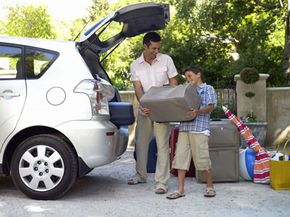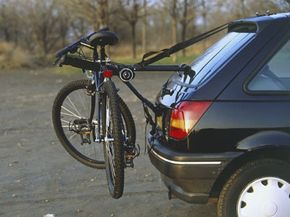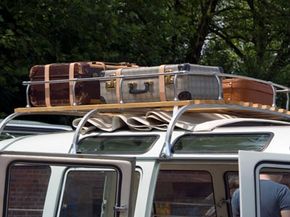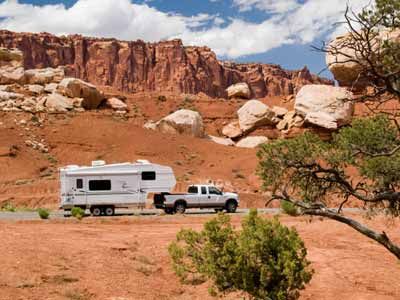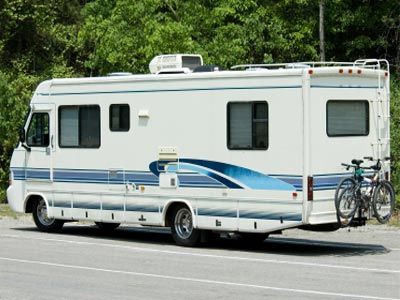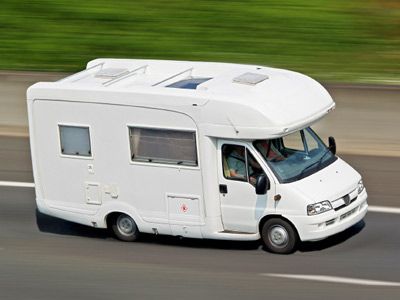There are two places for a cargo rack to be installed: on the roof or to the rear of the car. Both have benefits and drawbacks. Roof-mounted carriers can provide more surface space for your extra stuff, but can cut down on your vehicle's aerodynamics. Roof-mounted cargo carriers can also prove problematic in low clearance height situations like a parking deck. Rear-mounted cargo carriers are helpful because they provide extra space without cutting down on the vehicle's aerodynamics. They do leave your extra cargo vulnerable to fender benders, though.
Whichever you decide is best for you, here's a brief primer for installing a roof- or rear-mounted cargo carrier. We'll start with the roof-mounted carrier. Before we begin, remember to consult your cargo carrier's manufacturer instructions before installing your carrier.
To install a roof-mounted cargo carrier, you're going to need a roof rack. Many automakers build SUVs, wagons, minivans and some sedans with factory-installed roof racks already attached. If your car doesn't have a roof rack, you can install one yourself. Previously, this meant you had to drill holes in your car's roof. Some roof rack systems today circumvent that process by clamping to the car's rain gutters [source: Rack Attack]. These small, curved lengths of metal move water away from your car's windows and serve as a sturdy support for a roof rack. Because of the different designs and locations of rain gutters on cars, be sure to get a roof rack system that's been designed specifically for the make, model and year of the car you have.
Considering you've got a roof rack, it's time to mount your cargo carrier. Your roof rack should consist of two raised stationary parallel bars that run front-to-back along your car's roof (side rails) and at least two more moveable parallel bars that run side-to-side along your car's roof (crossbars). With roof-mounted cargo carriers, you have three general options: luggage baskets, which can hold luggage, bikes, kayaks and other items; cargo boxes, enclosed, hard-shell containers that can hold anything you can fit inside; and cargo bags, which are like cargo boxes, but aren't made of sturdy plastic.
Regardless of which type of rooftop carrier you buy, most make use of the width created by sliding the crossbars apart to stabilize the load. With the crossbars apart, the rack or box carriers are installed with brackets and screws that create a clamp to attach and stabilize the carrier to the crossbars. A simple turn of a few screws and most cargo carriers are installed. Be sure to check the tightness of the brackets and screws from time to time, especially on long trips.
If you don't want to install a roof rack, you may want to look into a rear-mounted cargo carrier. Almost all of these carriers make use of a trailer hitch. Like roof racks, many vehicles are manufactured with trailer hitches installed. If you don't have a trailer hitch, install a 1-1/4-inch (3.175 centimeter) interchangeable hitch. This allows you easily to switch between a ball hitch for towing and a cargo carrier.
There are a variety of rear-mounted cargo carriers. Most of them slide easily into the interchangeable hitch. A cargo tray, for example, is much like a roof-mounted luggage rack, with a sturdy frame that slides into the trailer hitch. If you have a cargo carrier that requires a larger or smaller trailer hitch receiver, this is easily fixed with an adapter.
You've got your basic cargo carrier installed, but wait, there's more. Read about some of the accessories and additional parts you may need.
